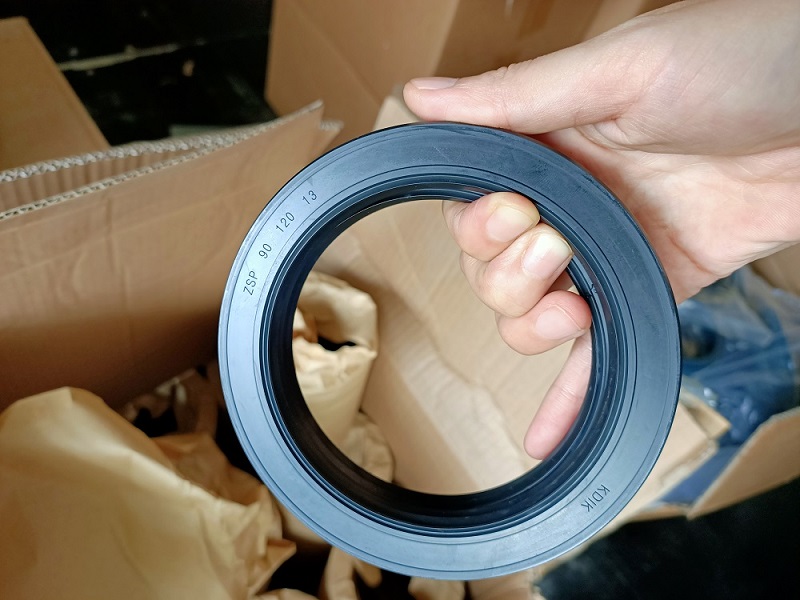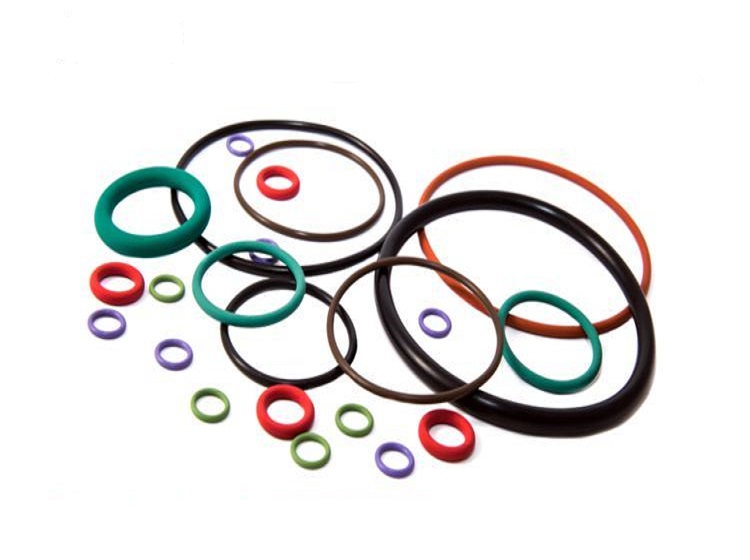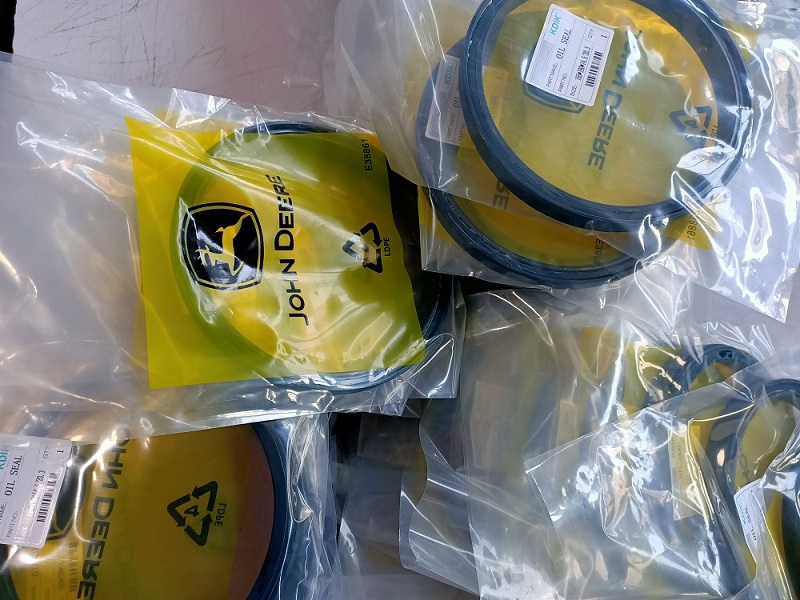Spring Pressurized Seals vs O-Rings Which Is Better?
Spring seals and O-rings are very different products, but they ultimately accomplish the same goal of a sealing system. In short, the unassuming O-ring is a rubber ring. A spring seal consists of an engineered plastic sheath and a metal spring element. While both are seals, they have limited commonalities in design, intent and function.
Spring seals and Twitter are very different products, but they ultimately accomplish the same goal of a sealing system.
In short, the unassuming O-ring is a rubber ring. A spring seal consists of an engineered plastic sheath and a metal spring element. While both are seals, they have limited commonalities in design, intent and function. Each application used successfully can be very different. We will discuss some of the advantages and disadvantages of each type of seal.

KDIK oil seal
O-Rings
One of the main advantages of O-rings is also one of the most obvious: cost and availability.
There are many applications, especially in high-volume consumer products, that may benefit greatly from the advantages of spring seals. While seal performance and wear life may be poor, O-rings may be the best choice when considering price alone.
Affordability is not the only advantage of O-rings. When operating within the recommended parameters of the material, O-rings often provide a better seal than PTFE spring-loaded seals. As a soft, flexible material, it can easily accommodate irregularities in hardware surfaces.

In many cases, O-rings can achieve "zero leakage" sealing performance. In most cases, this can be accomplished on poor or "machined" hardware surface finishes. This is not always the case with spring seals, and even in the best of cases, small leaks can occur in some media.
Another key advantage of O-rings is their ease of installation and handling. Installation is often as simple as sticking an O-ring into a groove. The process is intuitive, simple and error-free.
Spring seals, on the other hand, can be easily damaged by improper handling. Scratches or gouges on the seal surface may not be immediately apparent, but can eventually lead to leaks. Spring-loaded seals are also directional, which means they must be installed facing the correct direction to function properly. Proper installation requires a certain level of product knowledge and proper handling techniques.

Spring-loaded seals
While O-rings often perform well in static sealing applications, once a dynamic seal is required, weaknesses are immediately apparent. Spring seals can provide long-lasting sealing performance in applications where O-rings are shredded within minutes.
The higher the speed of motion, whether reciprocating or rotating, the more likely it is that a spring seal will be required. PTFE's ability to operate without lubrication also offers significant advantages.
We also have steering power oil seal for sale, welcome your enquiry.

PTFE's coefficient of friction can be more than 10 times lower than most elastomeric O-ring materials. Applications that are friction and torque sensitive, such as precision robots, will greatly benefit from PTFE spring seals. Problems such as "stick-slip" can be mitigated with PTFE versus O-rings.
The ability of spring seals to handle temperature ranges from deep cryogenic to over 500°F also marks a significant advantage over most O-rings. Some applications may work well with O-rings at ambient temperatures, but leak when tested under extreme conditions.
Shelf life and cure date are also important considerations when using O-Rings. PTFE spring seals have an indefinite shelf life and do not degrade through UV light and aging.

HONGLEI can help
While it is easy to see that spring seals have many advantages, they may not be suitable for all applications. If you're not sure which oil seal you need, ask us today! HONGLEI will use our decades of experience to provide the best sealing solution for your specific application.